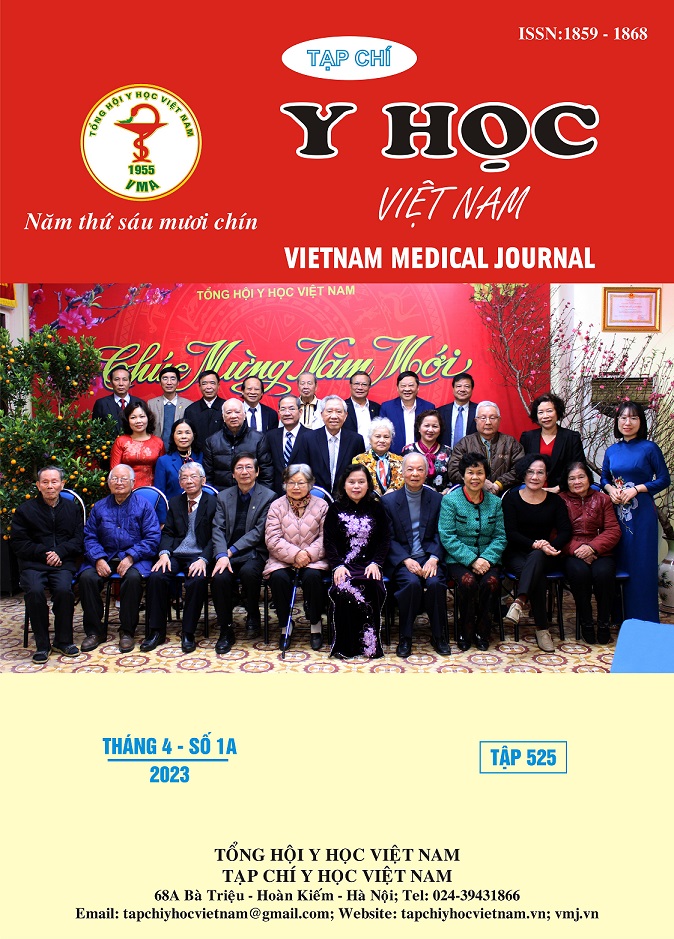TYPE 2 DIABETES CARE IN THE FAMILY: WHAT DIFFERENCE DOES THE CAREGIVER’S GENDER MAKE?
Main Article Content
Abstract
A qualitative study among 22 people providing informal support to family members with diabetes was carried out in Vu Hoi commune, Vu Thu district, Thai Binh province to determine the importance of gender when supporting people with type 2 diabetes in the household. Research results showed that there were differences between male and female supporters when taking care of people with diabetes at home in terms of meal care, health check-ups and supporting patient adherence to treatment.
Article Details
Keywords
Diabetes; gender; informal support; family; household
References
1. Sở Y tế Bạc Liêu (2022). Bệnh đái tháo đường và dấu hiệu nhận biết sớm bệnh đái tháo đường, , accessed: 11/07/2022.
3. Bệnh đái tháo đường. , accessed: 11/07/2022.
4. Vụ gia đình (2021). Vai trò của phụ nữ và nam giới trong tổ chức cuộc sống gia đình., , accessed: 11/07/2022.
5. The Extended Case Method - Michael Burawoy, 1998. , accessed: 11/07/2022.
6. Vai trò của người phụ nữ trong gia đình - Cổng Thông Tin Hội Liên hiệp Phụ nữ Việt Nam. ,accessed: 07/09/2022.
7. Sharma N., Chakrabarti S., và Grover S. (2016). Gender differences in caregiving among family - caregivers of people with mental illnesses. World J Psychiatry, 6(1), 7–17.
8. Vụ gia đình (2018). “nhận diện” vai trò người đàn ông trong gia đình hiện đại., , accessed: 21/09/2022.
9. Andrén S. và Elmståhl S. (2005). Family caregivers’ subjective experiences of satisfaction in dementia care: aspects of burden, subjective health and sense of coherence. Scand J Caring Sci, 19(2), 157–168.
3. Bệnh đái tháo đường. , accessed: 11/07/2022.
4. Vụ gia đình (2021). Vai trò của phụ nữ và nam giới trong tổ chức cuộc sống gia đình., , accessed: 11/07/2022.
5. The Extended Case Method - Michael Burawoy, 1998. , accessed: 11/07/2022.
6. Vai trò của người phụ nữ trong gia đình - Cổng Thông Tin Hội Liên hiệp Phụ nữ Việt Nam. ,accessed: 07/09/2022.
7. Sharma N., Chakrabarti S., và Grover S. (2016). Gender differences in caregiving among family - caregivers of people with mental illnesses. World J Psychiatry, 6(1), 7–17.
8. Vụ gia đình (2018). “nhận diện” vai trò người đàn ông trong gia đình hiện đại., , accessed: 21/09/2022.
9. Andrén S. và Elmståhl S. (2005). Family caregivers’ subjective experiences of satisfaction in dementia care: aspects of burden, subjective health and sense of coherence. Scand J Caring Sci, 19(2), 157–168.


